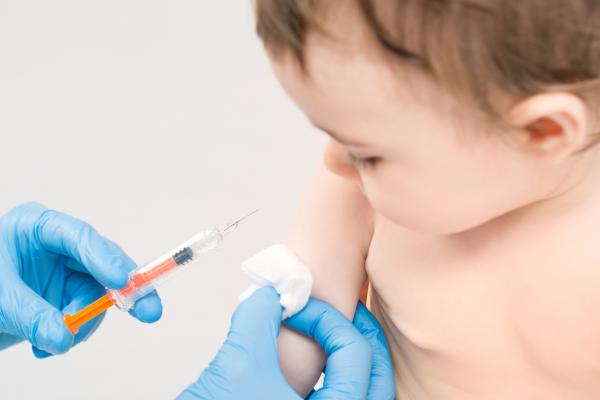Until then, it was solidly embraced by those on the left side of the spectrum, which was awkward to explain. Journalists fumbled rationalizations like that while most anti-vaxxers were on the left, Congressional Democrats were not putting anti-vax sentiments in the party platform so rampant denial by their supporters did not count. And on surveys few claim to be anti-vaccine at all, and in about equal numbers, so it wasn't a Democrat issue, they claimed. But actual behavior counts, not survey responses. States like California, Washington and Oregon, that overtly vote Democrat, led the country in anti-vaccine sentiment while religious Republican states like Alabama and Mississippi had vaccine adoption of nearly 100 percent. The situation got so bad in California the state had to engage in the only thing voters respect: nanny government. California had to literally force vaccines in hard-left counties like Marin, Humboldt and Berkeley due to high-profile outbreaks of entirely preventable diseases.
A recent five-year analysis by the University of Colorado-Boulder shows that while corporate journalists have continued to try and portray the right as being equally anti-vaccine, data using social media show otherwise. California, Connecticut, Massachusetts, New York and Pennsylvania have the most negative tweets about vaccines of any states.
For two decades anti-vaccine activists have suggested that certain vaccines can lead to autism, often referring to a retracted 1998 study of 12 children by discredited Dr. Andrew Wakefield that was published in The Lancet which suggested that the measles, mumps and rubella (MMR) vaccine predisposed youth to developmental disorders. To see if it had gotten better, the authors created a machine-learning algorithm to examine more than a half-million tweets from around the country between 2009 and 2015. To make the sample a manageable size, they looked only at tweets that referred to both autism spectrum disorder and vaccines.
Between 2010 and 2015, anti-vaccine tweets became more common nationwide. As the number of households that made over $200,000 annually increased or the number of women who had delivered a baby in the past 12 months increased, so did the amount of anti-vaccine tweets.

As said in many places, this is the Whole Foods demographic. Wealthy progressive elites who want poor kids to provide herd immunity while they adopt the precautionary principle.
The authors noted differences in Colorado as well. For instance, in Denver, 24 percent of tweets over the course of five years were anti-vaccine while in Fort Collins, 59 percent were. That correlates to voting patterns nationwide. In California, inland counties are more balanced politically and have high vaccination rates while the politically slanted coast had some schools where under 30 percent of children had vaccines.





Comments